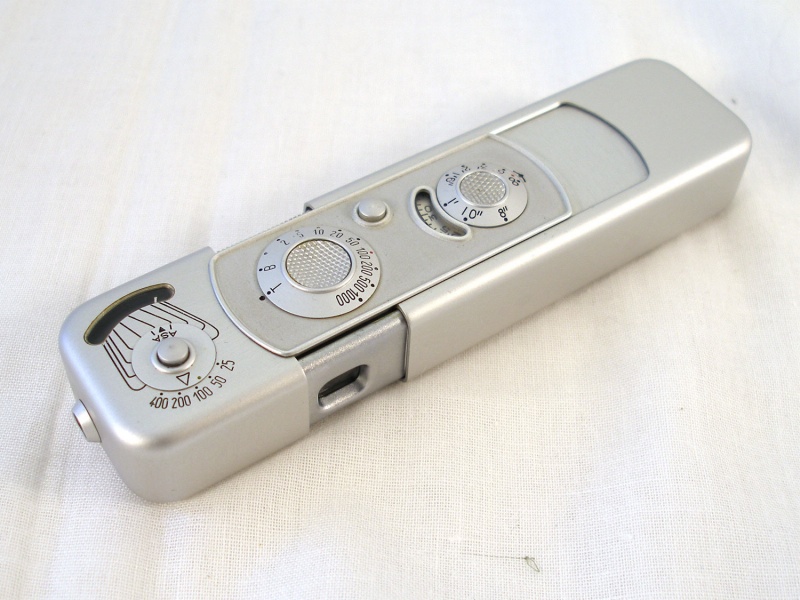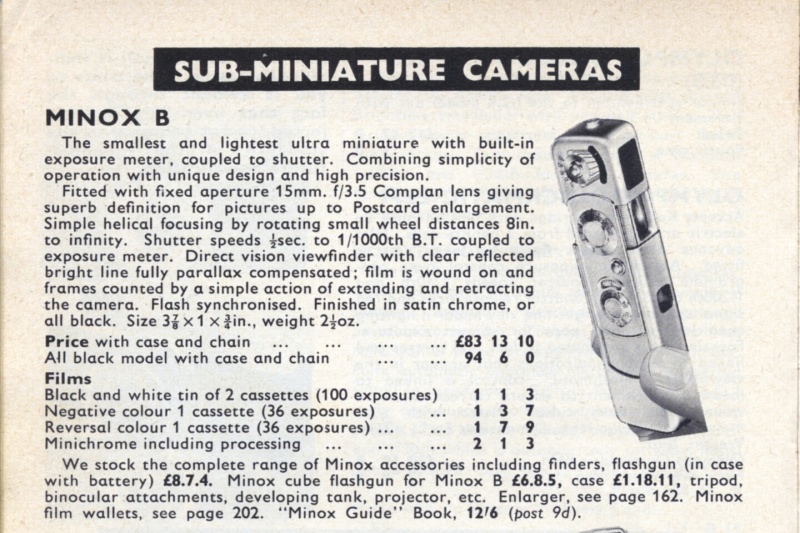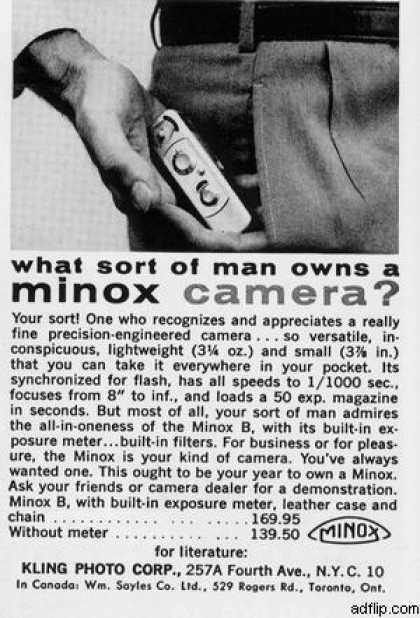A new business opportunity.
Among the many much maligned arms of the US government, the Unites States Postal Service comes in for more than its share of abuse. Of course, many of these wounds are self-inflicted, like backing druggie bike racers with taxpayer money or raising the public’s ire with endless streams of junk mail deliveries. Yet, on reflection, I challenge anyone to begin to match the efficiency and low cost of the USPS, delivering millions of pieces of mail daily be it to Wall Street or Po Dunk, Iowa. And that with a success rate that you can only dream about. The complexity and scope of the post office’s undertaking are breathtaking. When did you last have a piece of mail lost? Yet we read daily that the USPS is on its last legs, destroyed in mail by email and in package delivery by the likes of Federal Express and UPS, both far costlier and not that much better. Remember that last smashed parcel accorded the tender care of the brown truck driver?
But I see a new business opportunity for the USPS and it’s courtesy of the very same US government.
Daily we learn of more snooping, more abuse of our constitutional rights, more clandestine dirt. With USG’s traditional sound judgment the snoops are now being found to have spied on Facebook messages, those messages between a collective with an average IQ in the low double figures. Well, gag me with a spoon. Now we can be comfortable that Latisha’s Facebook posting to Jamal debating the quality of the local Big Mac will be rapidly disclosed as a coded plot to blow up something or other. This makes it so much easier getting to sleep at night, knowing that we are all safe from burger bombers and that a mainstay of American commerce and global dietary disaster can remain in business.
And this is where the USPS and snail mail come into their own. I was reading a noir suspense novel the other day, set in the 1950s, and every time the French resident key character and anti-hero wanted to preserve secrecy in communications with his crooked London buddies he would …. write them a letter! Even then the telcos appear to have kept logs of calls, but stick it in the mail and there is no trace. And the global mails did one heck of a job exporting America’s intellectual property to the east, be it nukes to Moscow or electronics to Japan.
One of the key tools the spies of the time used to effect their snail mail treason was the Minox camera.

Note the minimum focus distance.
Easily hidden in the palm of a hand, vest pocket or lady’s garter belt (!) the Minox first came to life, appropriately enough, in subsequently Communist-controlled Latvia, in 1936. The bad guys took to it like Russians to vodka, and before you knew it no self respecting spy was without one. Minox made a whole range of accessories to support the minuscule images rendered by the camera – there was even a darkroom enlarger – with the negative being but 8 x 11mm, meaning a 4″ x 6″ print required an enlargement of almost 13 times to see the light of day. Not exactly your modern full frame DSLR definition, but it worked at a pinch for images of nuclear fission devices and the new fangled transistors coming out of Bell Labs.
I sold many of these during my student years in retail, but to put that in context the retail store was in a ritzy part of London and the Minox was invariably bought by rich guys with two seaters and three girlfriends. No one, you understand, ever ended up using the Minox, except for 007 and his buddies. Very few cassettes ever came back for processing and our film sales were almost non-existent, but the camera itself sold well. It was beautifully made, a real jewel, with many later model variations. Each came with a metal lanyard which doubled as a measuring device for the very close focusing lens – just the thing when you were busy at the Department of Defense making snaps for the Commies or Mr. Morita by the light of a 60 watt bulb.
The early Minox A had no coupled meter, but you can get a good sense of the accessory range in this 1955 advertisement. My snooper’s favorite is the binocular attachment:

The Minox A in 1955 – the spy’s favorite at the height of the Cold War.
Note the 50 picture capacity – and in cassette-loaded film at that. Very impressive. No true snoop used the tripod stand – a dead giveaway. He used the lanyard to determine image distance and focus.
Here’s another scan of the 1967 Wallace Heaton ‘Blue Book’ – the catalog put out by this long defunct upmarket UK photographic equipment vendor – multiply the price by three to get US $:


‘Your sort of man’ – contemporary advertisement.
As you can see, the Minox of the time was remarkable full featured. For comparison, the Nikon F with 50mm f/1.4 lens sold for twice as much at the time.
True blue spies would go the extra step of having the Minox’s already diminutive negative further reduced to microdot size, say 1-2mm across, a technology much beloved of spy thriller movies of the time. Goodness knows how they handled the drop in definition which ensued. Maybe they had to write a lot of letters to contain these miniature negatives? And the medium of choice for transmission of these state secrets was none other than the mail, the USPS doing its patriotic bit before ceding control to the foreign carrier, be it the Bundespost or Pochta Rossii.
Anyway, as the USPS has not been well served by its marketing arm in the past few decades, I’ll kick things off with a dynamite slogan which will see traditional full rate business boom overnight:
They could offer a free starter cassette of Minox film to all takers.
And there will always be clients for the USPS’s low tech solution:

Jamal – tomorrow’s radical USPS customer in training.
Best of all, when the USG closes down, like today, the USPS remains open. ‘Essential service’, don’t you know.
Nikon D3x, 35-70 AFD Nikkor.